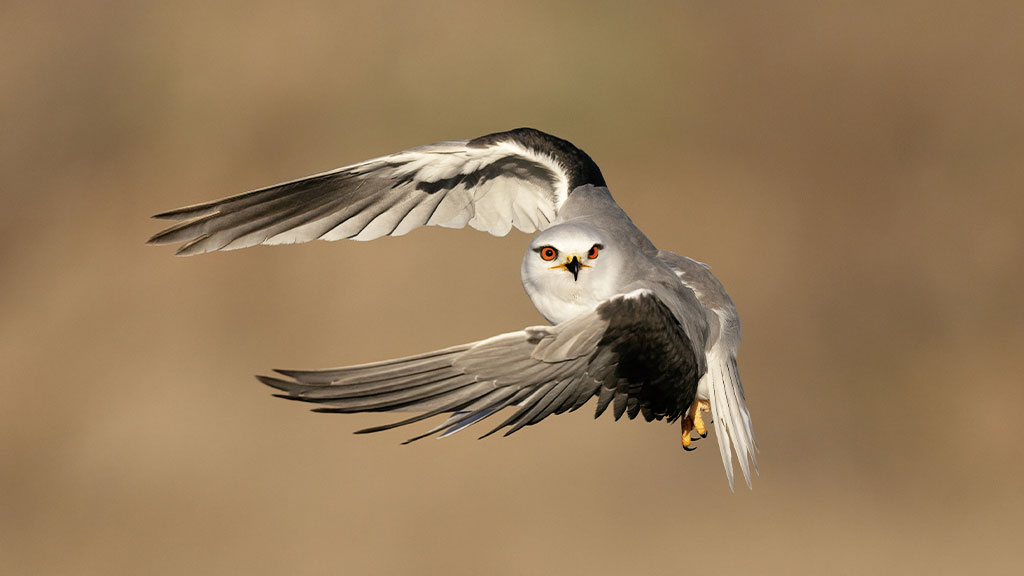An epic career in conservation with Dr Eileen Rees OBE
The lady ‘who wrote the book’ on Bewick’s swans, coordinated actions undertaken across the flyway to implement the AEWA International Single Species Action Plan for the NW European Bewick’s swan population, and has this year received an OBE for her services to the international research and conservation of swans and other waterbirds.
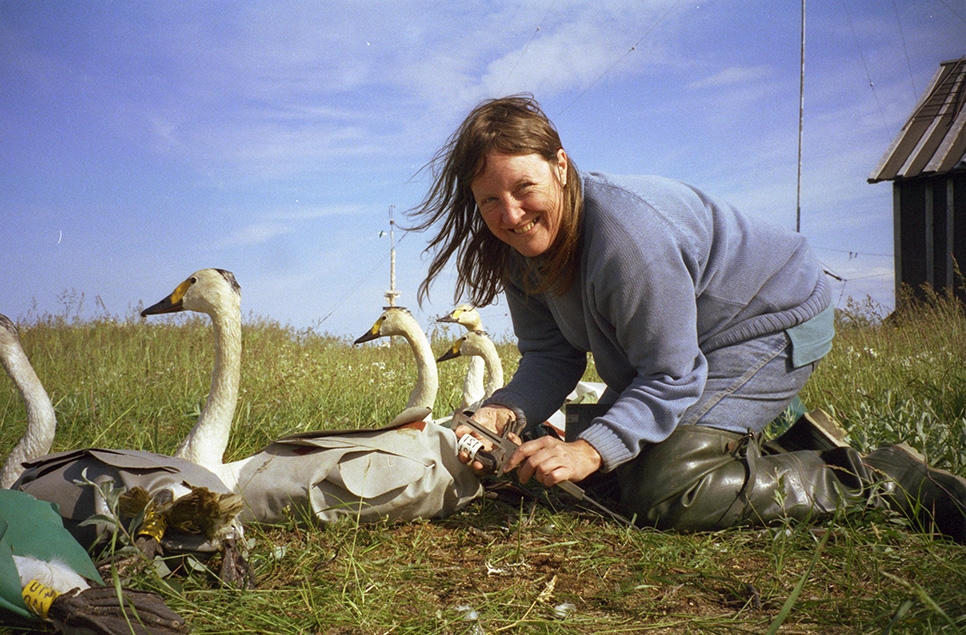
During your time working at WWT what was your role? And what were the main conservation projects that you were most connected to and passionate about?
I started working for the Wildfowl Trust (as it was then called) in October 1977. My role was always focused on understanding more about migratory waterbirds, particularly swans and geese, so that we could provide sound conservation advice and raise public awareness. We did this mainly through research into their ecology, migratory patterns, behaviours and population dynamics, with a view to identifying the key sites and habitat management that these birds need to survive and breed successfully each year.
I was closely involved in the long-term study of the Bewick’s swans at Slimbridge, including identifying individual swans wintering at the site by their unique bill markings, and recording whether they were accompanied by a mate and offspring. The ability to identify all birds present by their natural markings provided exceptional insight into their social behaviour, associations and local movements, although marking the birds with leg-rings was needed to obtain information from further afield. During the 1980s we also embarked on a population-level study of the Icelandic Whooper swan population, and I became increasingly involved in goose research and conservation.
From the outset I appreciated the importance of being aware of the potential consequences environmental and political change. Not only do the birds face different challenges in different parts of their range, but these can change quite quickly over time. Moreover, collaborative working and maintaining international links is crucial if these changes are to be understood and addressed. It’s essential to provide support to other researchers and conservationists, particularly in the face of adversity. I feel very passionate about this, and no doubt will always do so.
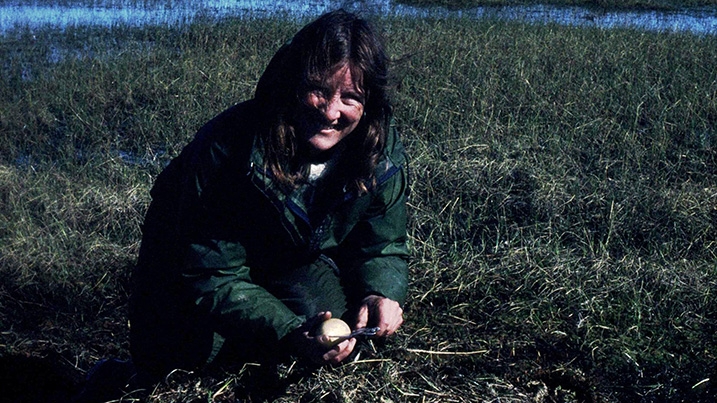
You must have some memorable experiences of your trips to arctic Russia to study the Bewick’s swans, can you share some with us?
There are so many of them, it’s hard to know where to start! The very first expedition in 1991 was particularly memorable because it was suddenly possible to visit the Russian arctic, which had been a place of great mystery for most of my life-time. Dafila Scott and I were told by Russian colleagues, on reaching Nar’Yan Mar on the mouth of the River Pechora (about 70km south of our study area), that we were the first British people to visit the city since the explorer and ornithologist Henry Seebohm at the end of the 19th century.
This expedition saw the start of a long-term Anglo-Russian study of Bewick’s swans in the region, first focussing on their breeding biology (from 1991 – 2000), then switching to catch the birds for ringing during their annual moult (from 2003 onwards). Viewing the swans in this different environment was a privilege. We saw behaviours we’d never seen before, watching them defend their territories was particularly impressive. Pairs would rise from the water to chase off intruders, swooping, diving and pecking at tail feathers like dragons in the sky.
In 2003 we were joined by BBC Radio who recorded our activities, including fitting satellite-tags to track Bewick’s swan migration, for a programme called Heading South which was broadcast during the swans’ autumn migration. More recently, the “Flight of the Swans” initiative saw WWT’s Sacha Dench fly the full length of the swans’ migration route by paramotor, and the “Swan Champions” initiative made great strides in promoting swan conservation in the region.
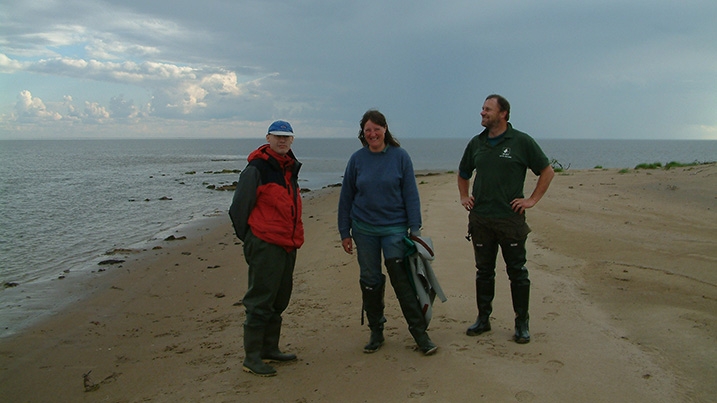
Please tell us about the Bewick’s swan book you wrote?
Bewick’s swan, which was published in 2006 in the Poyser Monograph series, aimed to give a full description of the biology of these birds in an accessible, readable format. Fifteen years on, it is still referred to by swan researchers as the bible of Bewick’s swan research. I was delighted when it came third (out of 88 books considered) in the BB/BTO Best Bird Book of the Year of 2006 competition, with the judges saying that it was: "The leading monograph of the year, by a long way".
What's so special about Bewick’s swans to you?
There are so many things that are special about Bewick’s swans – their delicate beauty, their musical “bewking” calls, their devotion to their mates (with only 3 cases of ‘divorce’ recorded in the 60-year study of the swans at Slimbridge), the way the parents care for their young through their first winter, and of course their amazing 2,500 mile migration between the wilds of the Russian arctic and the much more heavily developed landscape of western Europe. If a pair are accidentally separated during migration the ‘greetings ceremony’ they perform when they’re finally reunited is particularly heart-warming!
The Bewick’s have arrived the latest this season for decades. What do you think about this? How can people best support them?
The late arrival of the Bewick’s swans is very much linked to climate change, with the birds wintering further east along their flyway (closer to their breeding grounds) in milder weather conditions. I do worry about this, because with fewer Bewick’s reaching Slimbridge, the migratory tradition may be lost. The main hope is that the Slimbridge-wintering birds tend to have better breeding success than the population as a whole, so we are likely to see at least some of the cygnets brought to Slimbridge by their parent each year continue to return with their own offspring in the years to come.
Meanwhile, given the eastward shift in distribution, we must work towards ensuring that sites now being used as major wintering areas in Germany (which were previously used for much shorter periods as staging sites), receive adequate protection and that suitable habitat is maintained. This may also become true for Poland if short-stopping by the Bewick’s swans results in more wintering there in the future.
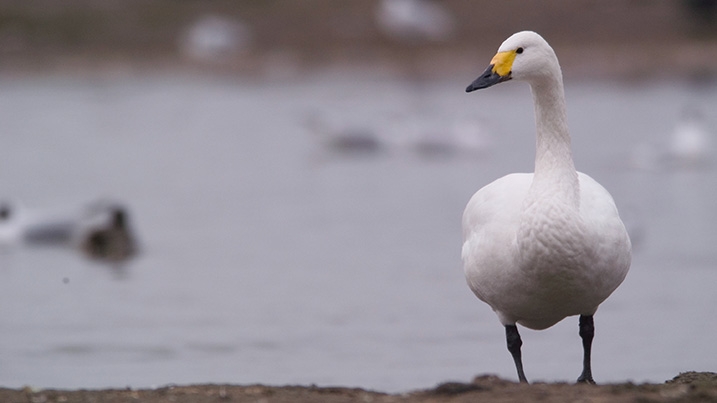
What areas of your work over the years do you feel have had the most impact?
It’s difficult to say, because my research covered a wide range of topics over the years. My PhD on the factors affecting the timing of migration of the Bewick’s swans was triggered by discovering that prolonged floodlighting of the Rushy Pen roost at WWT Slimbridge resulted in the swans departing prematurely on their spring migration. It was very pleasing to find that dimming the lights earlier resulted in the swans leaving later, at the same time as Bewick's swans wintering elsewhere in the UK.
Other work areas such as understanding the effects of disturbance and land management on sites used by Whooper swans, and an assessment of swan collisions with wind turbines, were also very useful. I was particularly pleased, as Coordinator of the Bewick's Swan Expert Group, at being able to develop and undertake research that addressed several priority actions listed within the AEWA International Single Species Action Plan for the NW European Bewick's swan population. Albeit there is still much to be done in this area.
My collaborative work has been very important to me, and I hope has also been of some benefit to the conservation community more widely. Only by forging networks of waterbird researchers and conservationists along migration routes, from breeding grounds in Artic Russia to wintering areas in northwest Europe, have we been able to understand the conditions required by swans and geese at different stages of their annual migratory cycle. This includes initiating collaborative research on Bewick's swans in the Russian arctic and, more recently, involvement in advising and training Chinese students on swan research, which has resulted in a remarkable increase in our understanding of swan species in East Asia. I have been pleased to serve as the chair of the Wetlands International/IUCN-SSC Swan Specialist Group from 1994 to 2001, returning to this role from 2014 onwards, and feel that this provides an invaluable forum for tackling swan conservation issues globally. Being editor-in-chief of the scientific journal Wildfowl since 2006 has also been a delight, and feels particularly worthwhile. It not only ensures that invaluable information on waterbirds and their habitats is recorded for posterity but provides an opportunity to advise researchers/conservationists (especially those new to the field) on how best to present the results of their important studies for publication.
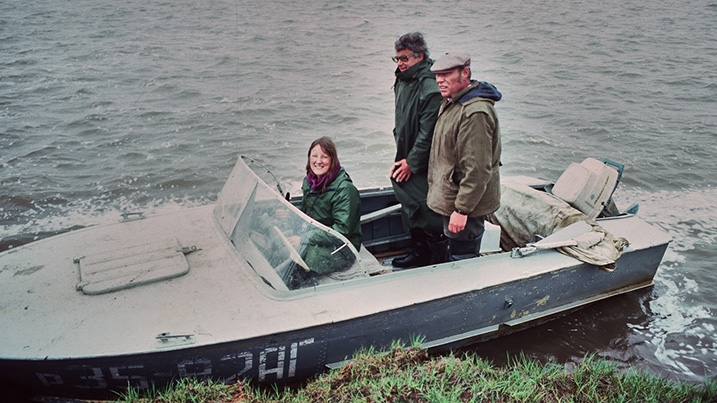
We are so happy to hear you received an OBE for your waterbird conservation work earlier this year. Please share how you feel about this well-deserved recognition of your work.
The OBE was for my work not just on Bewick’s swans but for waterbirds more widely. The citation being: “For services to the international research and conservation of swans and other waterbirds”. I not only feel deeply honoured at having received this award, which was totally unexpected (quite a shock – although of course a lovely one – when the letter came through!) but am very aware that I have always worked in partnership with others. I should emphasise that nothing could have been achieved without the hard work, enthusiasm and great expertise of WWT colleagues and those undertaking research and conservation of waterbirds (especially swans) in other parts of the world. The award is for all of them too.
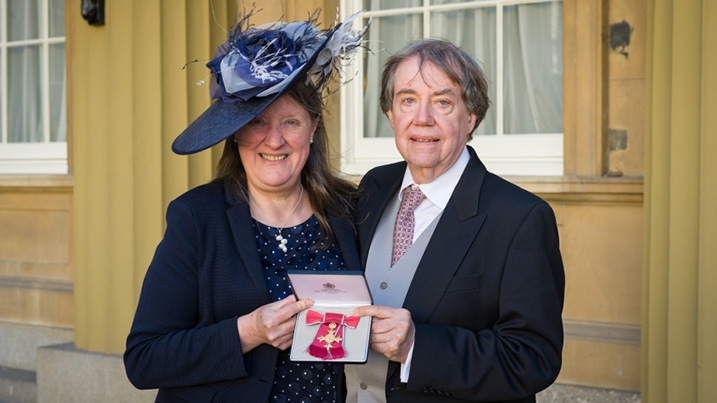
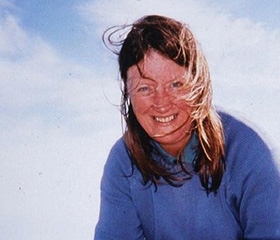
Dr Eileen Rees OBE
Chair: IUCN SSC Swan Specialist Group
Editor: Wildfowl
Research Visitor: University of Cambridge
Header image: Eileen Rees taking biometrics. Image by Dave Paynter.
